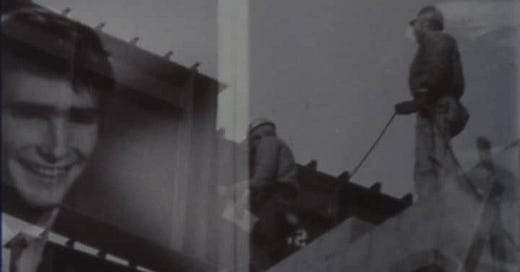Art of the Real Proves Documentary Festivals Should Show Experimental Films

We live in an age of documentary festivals, dotting both the calendar and the globe. Most of them offer a wide range of subjects and draw from an equally impressive range of countries of origin. Only some of them, however, offer a real diversity of form. Nonfiction cinema is an extremely broad and open category, yet the programming does not necessarily …
Keep reading with a 7-day free trial
Subscribe to Nonfics to keep reading this post and get 7 days of free access to the full post archives.



